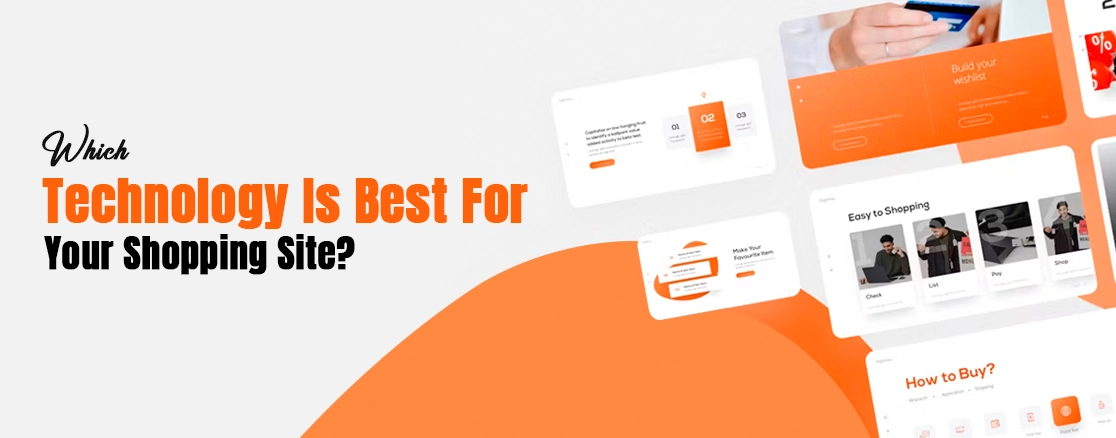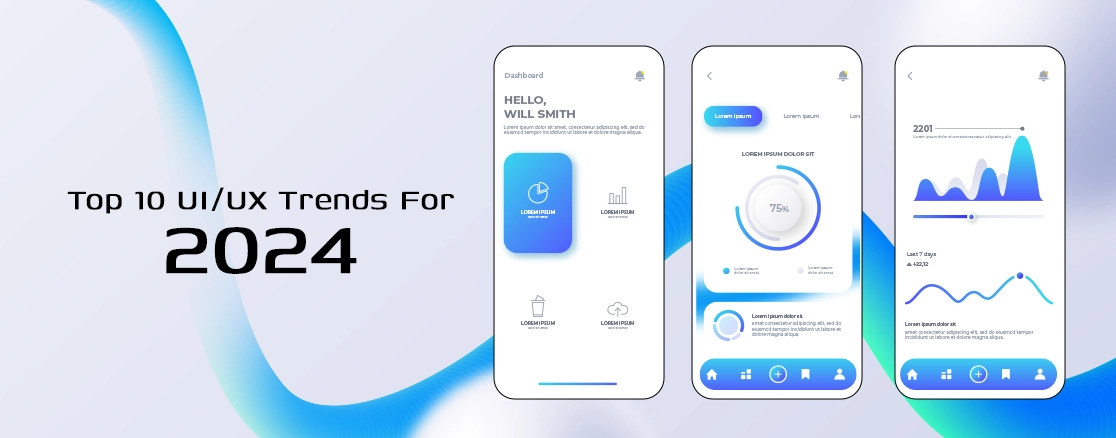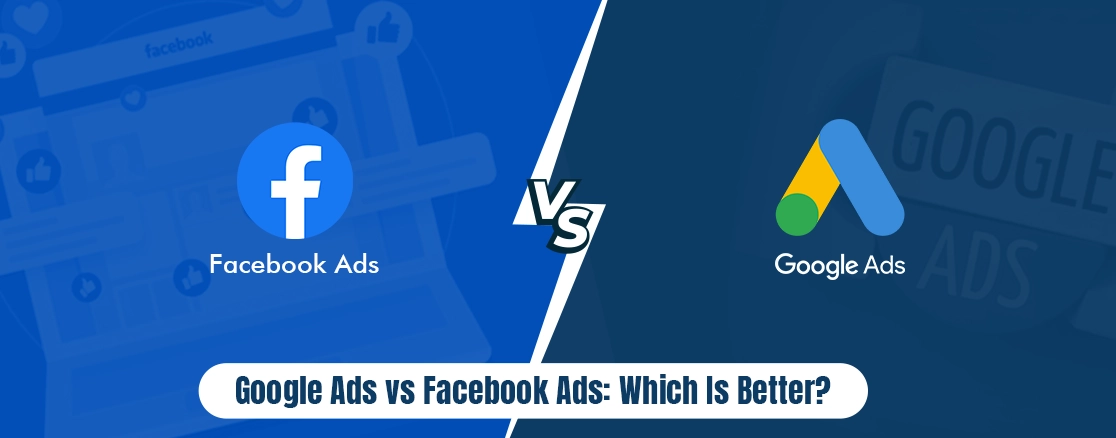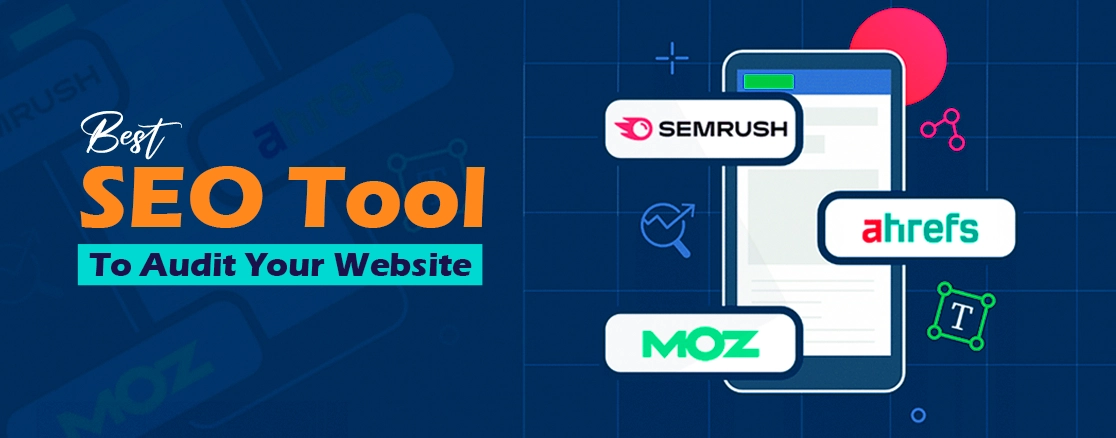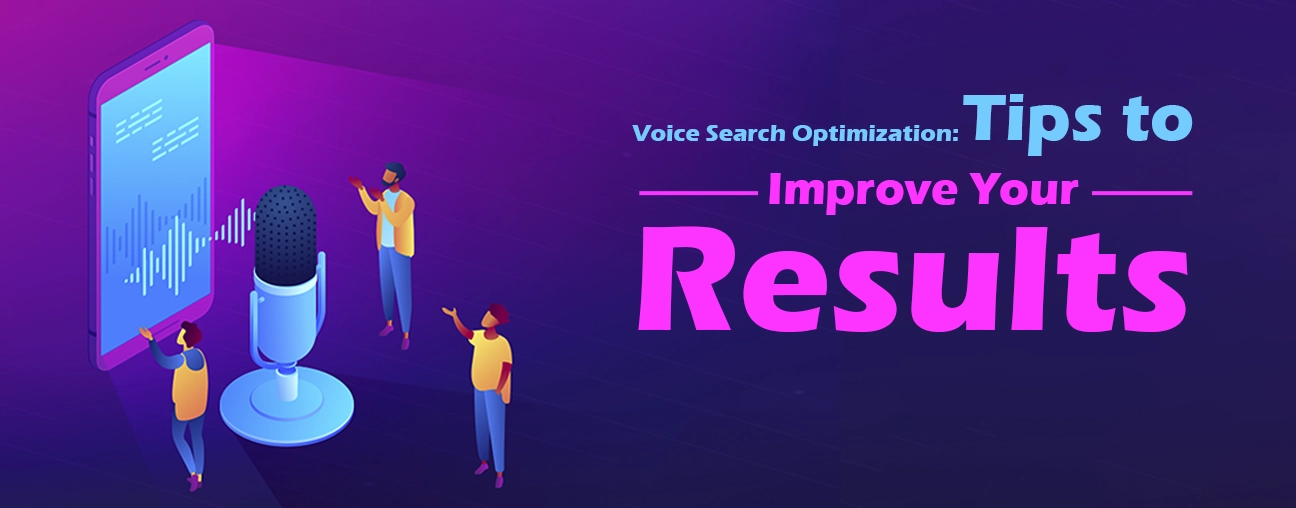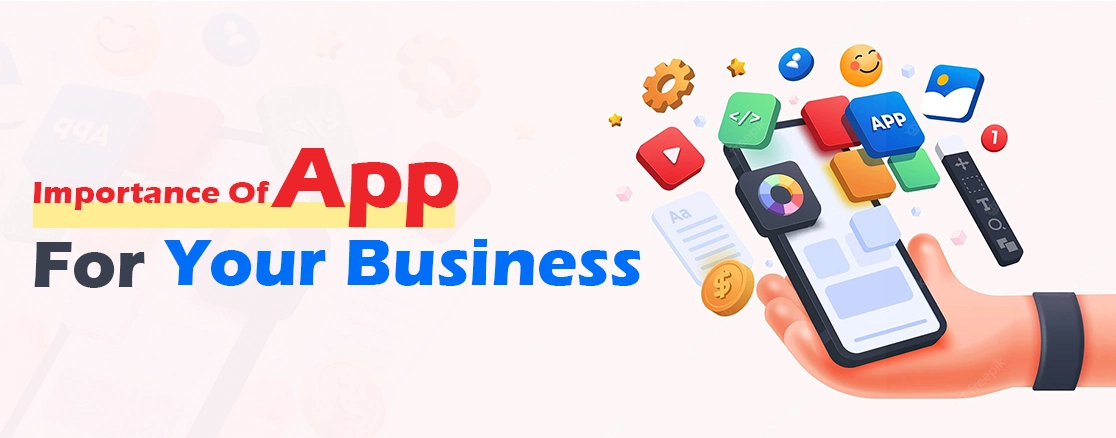A call to action (CTA) plays an essential role in digital marketing, site design, and content expansion as it compels users to do the intended action. Be it increasing website conversions or driving social media engagement, a well-researched CTA can be the difference between a passive visitor and a participant in that particular content. For businesses working with a digital marketing agency, creating impactful CTAs can be a game-changer in driving customer engagement and achieving marketing goals. This blog explores what a CTA is, its significance, and many variables and best practices when creating productive CTAs that could boost customer interaction.
What Is A Call To Action (CTA)?
A “Call to action” (CTA) is something that can compel someone to perform an action on a website, in marketing, an email, or a social media post. This activity can be as straightforward as uploading something on social media, purchasing something, signing up for a subscription, or clicking a link to enter a contest. By working with an SEO agency, businesses can optimize their CTAs to improve user engagement and drive better results. The majority of the time, including calls to action, look like buttons, links, or short text parts that have been planned to lead a user to a desired end result.
Some common examples of CTAs include:
- Sign Up Now
- Learn More
- Download the Guide
- Get Started Today
- Shop Now
Why Do We Need CTAs?
CTAs facilitate changing visitors into leads or customers. Without any CTA, the visitors may see your content without taking further action. This mainly results in not leveraging more opportunities for engagement or sale.
Here's why CTAs are important:
- Easy Navigation: A CTA helps users by directing them to the next step, which makes their journey smooth and intuitive.
- Conversion Rates Increase through Clear Directions: With clear instructions, CTAs can dramatically increase conversion rates—from casual visitors to paying customers or engaged followers.
- Introducing a Sense of Scarcity: "Only for a limited time" or "Act now" in a CTA can create urgency and coerce users into acting before losing out on something special.
- Connection Building: While not always the case, the best CTAs tend to be personalised, which makes it more likely the right person will have a positive reaction to them.
Types Of CTA
CTAs can serve many different purposes, depending on what your content or campaign is for. Here are some of the most common types:
- Lead Generation CTA
- Direct Sales CTA
- Form Submission CTA
- Social Media Sharing CTA
- Read More/ Learn More CTA
- Encouraging Engagement CTA
Read Also - Top Benefits Of Hiring A Digital Marketing Agency
How Does A CTA Work?
A CTA works by activating psychological triggers and user-friendly design, making the action to be taken very enticing and user-friendly. Here is how CTAs work:
1. Creating a Clear Path: This makes it easy for users to know what to do next. For example, a button labelled *Download Now* lets the user know exactly what they will do when they click that button.
2. Building Trust and Value: The more likely that benefit will affect the action of the CTA is if it's perceived. For example, a CTA like *Start Your Free Trial"* provides the user with a very tangible value proposition: getting to use a product or service for free.
3. Create urgency or scarcity: Phrases such as “Limited Time Offer" or Only a Few Spots Left" create FOMO or the fear of missing out, and users start to act fast.
4. Optimized Design: The design and placement of CTAs are pretty similar to that of the text: clear and apparent - once with contrasting colours, for instance - or larger buttons - and strategically placed on an above-the-fold position on a webpage or at the end of a blog post, for example.
The Best Ways To Create Persuasive CTAs
Creativity and strategy are involved in making a CTA work. Here are the best practices to remember:
1. Action Word: Start with verbs telling the visitor what to do, like Download, Register, Start, or Claim.
2. Specificity: Instead of a generic Click Here, use a CTA like Download Your Free Guide Now. This not only lets users know what to look for, but it also provides value to them.
3. Visual Impact: Ensure that your CTA will stand out using contrasting colours, bold fonts, or larger buttons. A bright red or green button on a neutral-coloured page is attention-grabbing, too.
4. Brevity: A CTA must be short—in most cases, less than 5-7 words. The shorter the CTA, the easier it is to read and more likely to capture attention.
5. Test and Optimize: Test different wording, positioning, and styling of your CTAs with A/B testing. Identify which variant receives more clicks or conversions and alter them accordingly.
6. Create urgency: Using words like Now, Today, Limited Time or Hurry will have them act on the spot.
Conclusion
A well-crafted call to action can literally be a great tool for turning passive viewers into active participants. This is achieved by essentially guiding the users, offering value, and having strategic design towards a marketing objective like creating leads or conversion of sales. However it goes, the best practices listed above will pay huge dividends in helping you craft a good CTA for your website, e-mail, or social media.
Read Also - Top Reasons To Invest In SEO Services




.webp)

.webp)



.webp)

.webp)
.webp)


.webp)
.webp)
.webp)

.webp)
.webp)
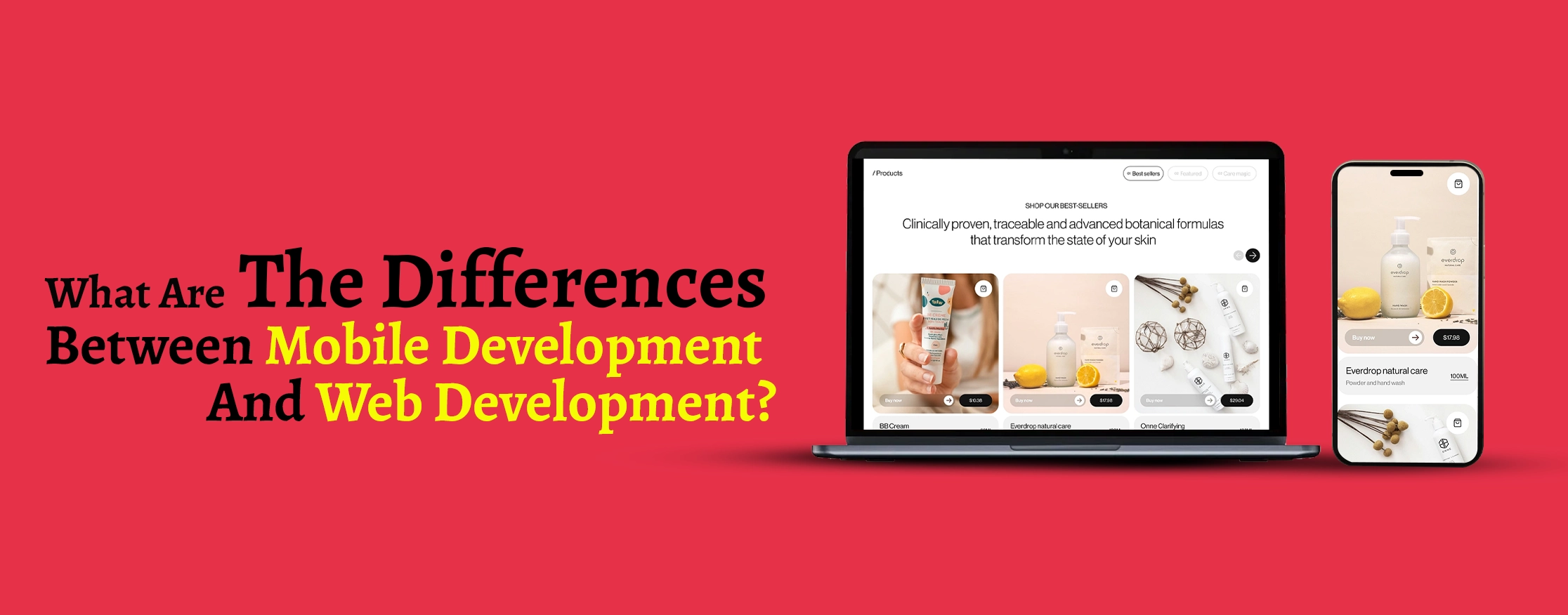
.webp)
.webp)




.webp)
.webp)
.webp)

.webp)



.webp)

.webp)


.webp)
.webp)

.webp)






.webp)




.webp)
.webp)


.webp)
.webp)
.webp)



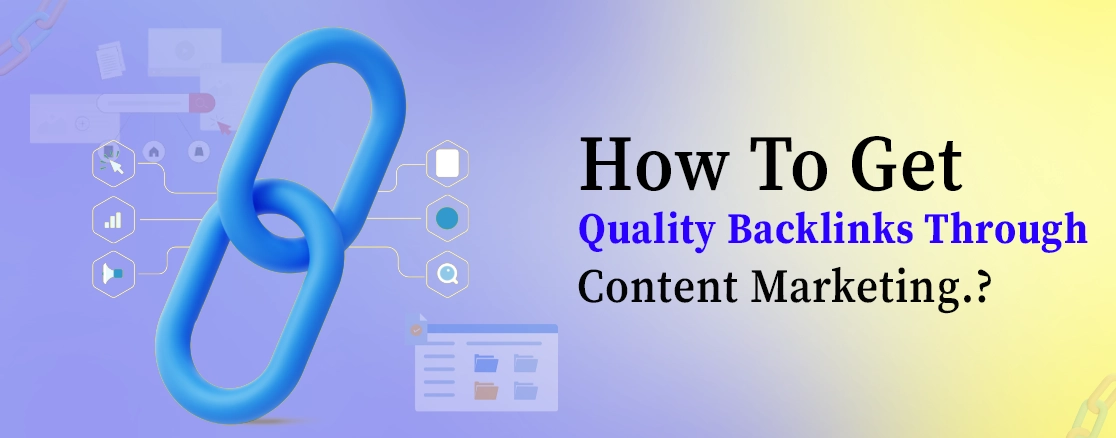

.webp)











